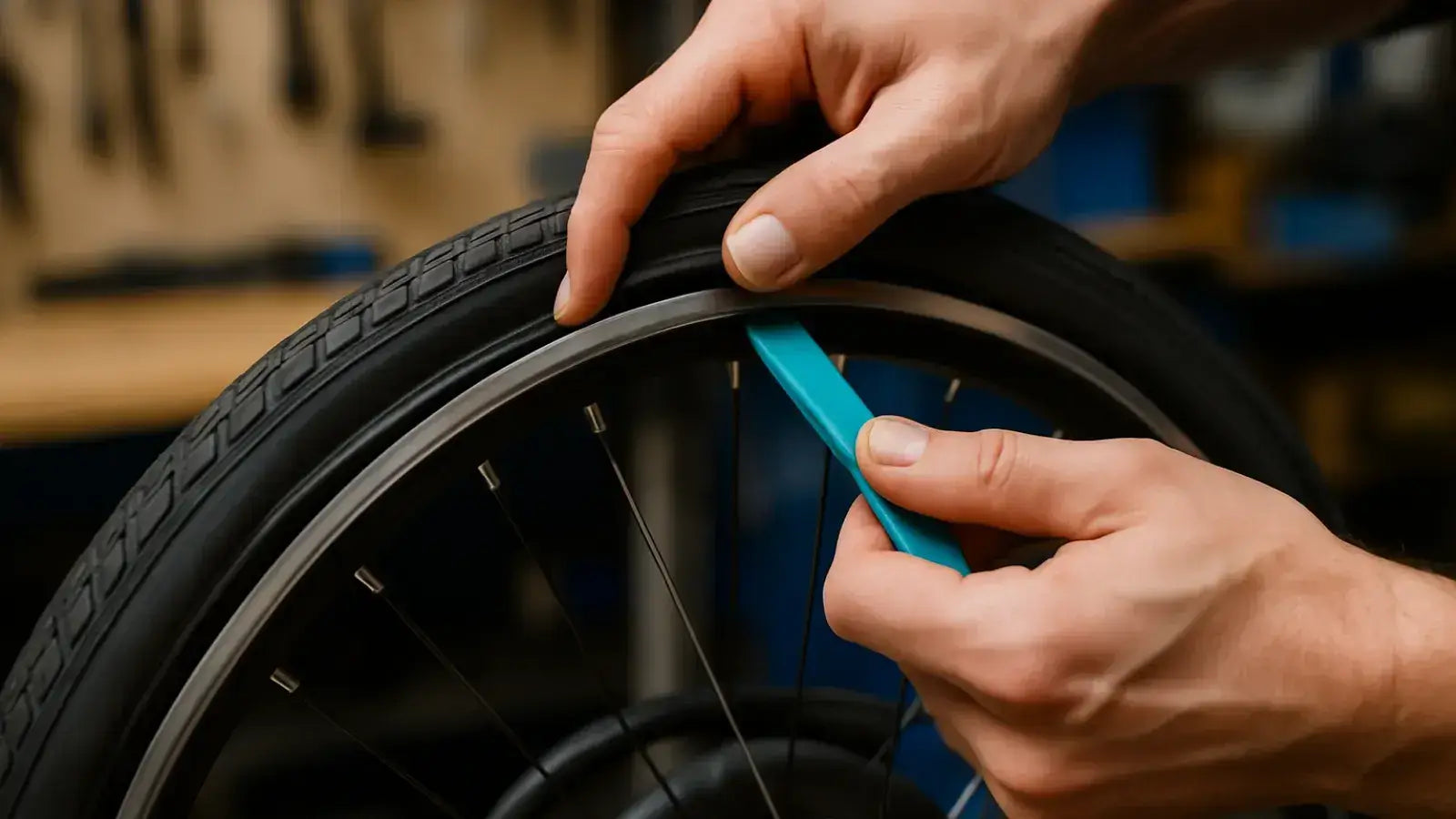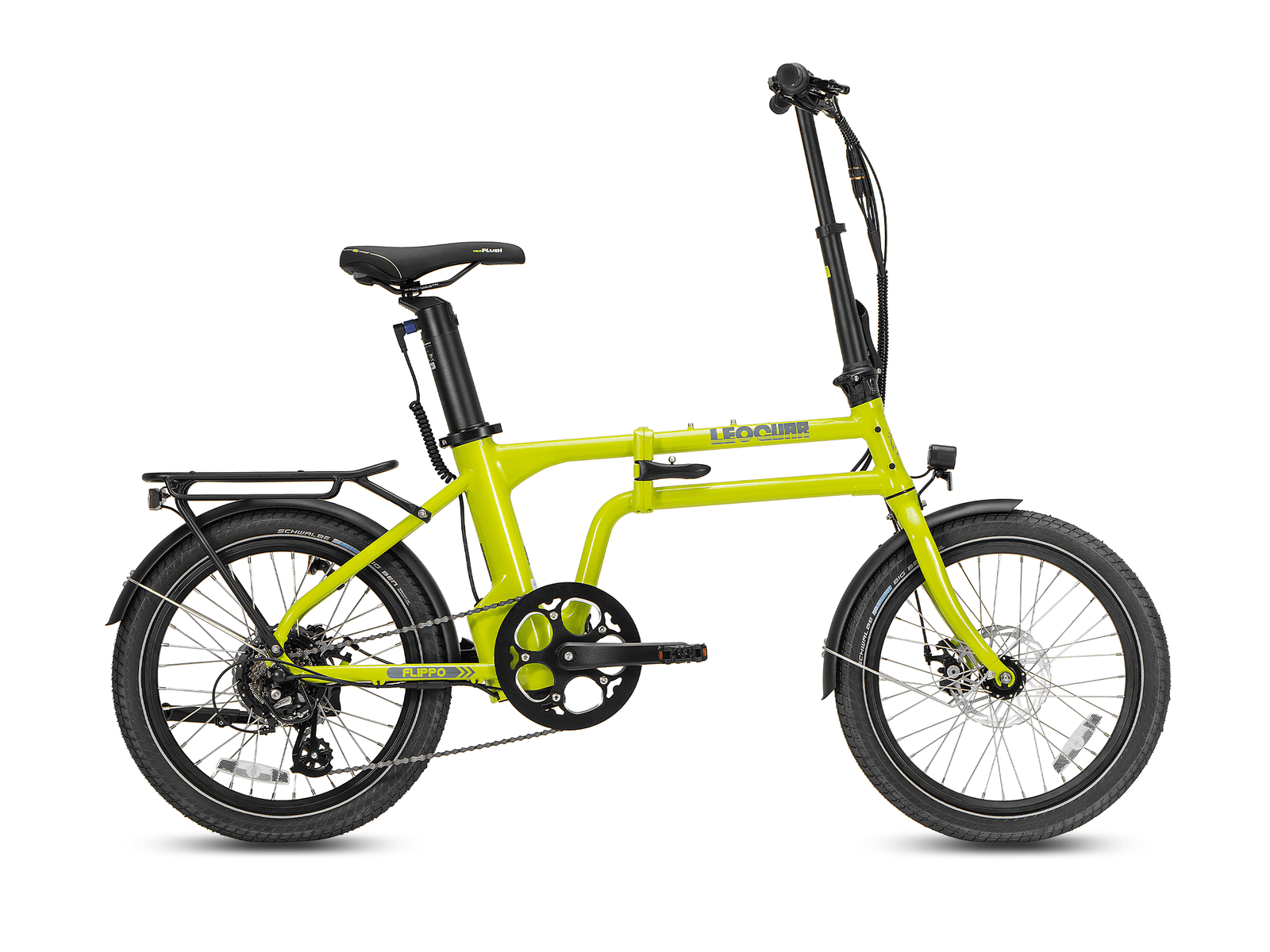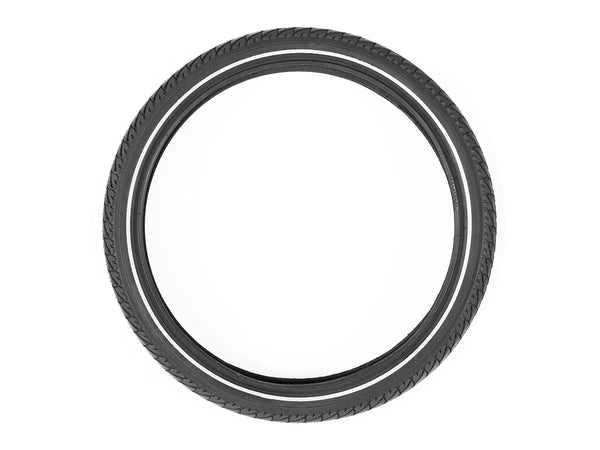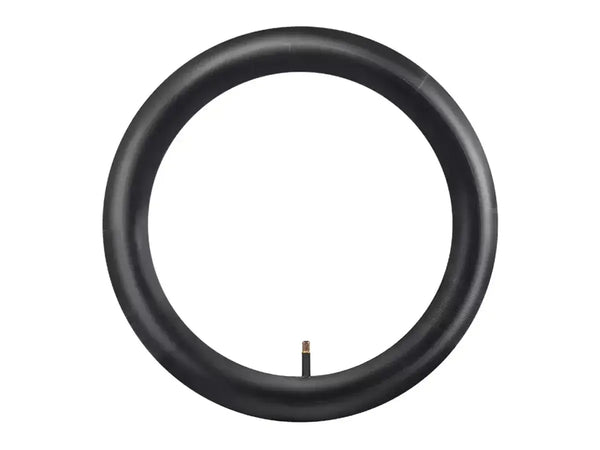
Can You Ride an Electric Bike with a Flat Tire? What Happens and How Far You Can Go
You're riding your electric bike and everything feels perfect. The motor hums along smoothly. Then you feel it—a sudden wobble from the rear, a squishy response, and that unmistakable hissing sound. You have an electric bike flat tire.
The immediate question that pops into your head is: can you keep going? The short answer is absolutely not. While you can technically roll a few feet, we strongly advise against riding your e-bike on a flat tire. It's not only extremely dangerous but also a fast track to expensive damage that might not be fixable.
In this guide, we'll explain exactly why riding on a flat is such a bad idea. We'll detail the specific parts you'll damage, explain how far you can realistically move, and outline the correct steps to take to protect yourself and your bike.
The Immediate Risks
When you get a flat, the temptation to "just limp it home" is strong. However, the risks are much worse than any convenience you might gain. Understanding the immediate dangers is the first step in making the right decision to stop. Riding on a flat e-bike is a terrible idea for several important reasons.
Severe Safety Hazard: A flat tire makes your e-bike incredibly difficult to control. Steering becomes slow and unpredictable, and braking doesn't work nearly as well. E-bikes are much heavier than regular bicycles, meaning a loss of control can have much more serious consequences.
Tire and Tube Destruction: A simple puncture that could be fixed with a five-dollar patch kit will be destroyed within yards of riding. The weight of the bike and rider pinches the deflated inner tube and tire sidewall against the rim, shredding them into an unfixable mess.
Expensive Rim Damage: Without the cushion of an inflated tire, your metal wheel rim makes direct, harsh contact with the pavement. This can easily cause dents, bends, or even cracks in the rim. Replacing a durable e-bike rim is a costly and time-consuming repair.
Damage to E-Bike Components: This is the most serious risk for an electric bike. The harsh impacts and vibrations from riding on a flat are transferred directly to sensitive, expensive components—most notably, the hub motor.

Component-by-Component Damage
To fully understand the consequences, let's look at how riding on a flat tire systematically destroys your e-bike. The damage is a chain reaction, with each failed part leading to the next costly problem.
The Tire and Tube
When a tire is properly inflated, its structure is supported by air pressure. Without that pressure, the tire collapses. As you ride, the rim pinches the tire's sidewalls against the ground.
This grinding action quickly wears through the rubber and shreds the underlying fabric casing. The inner tube, already punctured, gets caught in this process and is often torn to ribbons. What started as a small hole becomes total failure, guaranteeing the need for a complete tire and tube replacement.
The Rim
The rim is the next victim. E-bike rims are built to be strong to handle extra weight and motor power, but they are not designed for direct impact with asphalt. Each bump and pebble on the road becomes a hammer blow against the metal.
This leads to flat spots, dents that prevent a new tire from sitting properly, and in a worst-case scenario, a cracked rim. A damaged rim compromises the structural integrity of the entire wheel, and a replacement can cost hundreds of dollars, especially for specialized e-bike wheels.
The Hub Motor
This is the heart of many e-bikes and the most expensive risk. If your flat tire is on the wheel with a hub motor, every jolt from the road is transmitted directly into the motor's internal assembly. From firsthand experience, we can tell you it's a sickening feeling—a series of jarring, grinding thumps that you feel through the entire frame.
These impacts are devastating for the delicate components inside the motor. The bearings can be damaged, the internal gears can be chipped, and the sensitive electronic sensors and wiring can be rattled loose or broken. A hub motor repair is complex and expensive, often costing several hundred dollars for parts and labor.
In many cases, the entire motor must be replaced. The complexity of the task, as detailed in guides for changing a tire on a hub motor e-bike, highlights why protecting this component is so important. The cost of a new motor far exceeds the cost of a new e bike tire or even a new rim.
Frame, Spokes, and Battery
The damage doesn't stop at the wheel. The constant, violent vibrations create a ripple effect throughout the entire bike. These vibrations can cause spokes to loosen or even snap, leading to a wobbly, unsafe wheel.
The intense stress can also damage the frame's dropouts—the slots where the wheel's axle is mounted. Furthermore, these vibrations can travel up into the battery housing, potentially loosening the critical connectors and causing intermittent power loss or complete failure.
How Far Can You Go?
We've established that riding on a flat is a bad idea, but the question remains: how far can you realistically go? The answer is measured in feet, not miles.
The Emergency Roll
The only acceptable distance to ride a flat-tired e-bike is the short distance required to move from a dangerous position to a safe one. This distance should be no more than 150-200 feet. You must do this at a slow walking pace, staying seated to keep weight off the damaged wheel as much as possible, and with extreme caution. Any further is asking for catastrophic damage.
Your Secret Weapon: Walk Assist
Fortunately, most e-bikes have a feature designed for this exact situation: Walk Assist Mode. This is a game-changer that many riders don't know they have. Walk Assist uses the motor to provide a small amount of power, typically propelling the bike at a slow walking speed (around 3-4 mph).
It's usually activated by pressing and holding a specific button on your handlebar controller (often the "-" or "walk" button). Instead of riding or struggling to push a heavy, awkward 50-70 pound e-bike, you can simply activate Walk Assist and comfortably guide it alongside you to a safe location or back home. It takes all the strain out of moving the bike and, most importantly, prevents the destructive damage caused by riding on the flat.
Riding vs. Pushing
To make the choice crystal clear, let's compare the outcomes of moving your bike 200 meters in two different ways.
| Action | Tire & Tube Damage | Rim Damage | Motor Risk (if applicable) | Rider Safety |
|---|---|---|---|---|
| Riding on the Flat | Guaranteed destruction. Requires replacement. | High risk of dents and warping. | Severe risk of internal damage from impact. | Very low. Poor control and braking. |
| Pushing with Walk Assist | No additional damage. | No risk. | No risk. | High. Full control of the bike. |
What You Should Do Instead
Knowing what not to do is half the battle. Here is a clear, step-by-step guide on the correct way to handle a flat tire on your e-bike to ensure your safety and minimize damage.
Step 1: Stop Immediately
The moment you suspect a flat, stop pedaling and safely apply your brakes. Continuing to ride, even for a few seconds, starts the destructive process. Find a stable footing and get off the bike.
Step 2: Move to a Safe Location
Your immediate priority is to get out of the way of traffic. Look for a wide shoulder, a sidewalk, a parking lot, or a quiet side street. Do not attempt to fix your tire on a narrow road shoulder with cars speeding by. Use the Walk Assist mode to easily push your bike to this safe spot. If your bike doesn't have Walk Assist, push it manually. It's difficult, but far better than riding it.
Step 3: Inspect the Damage
Once you are safe, take a moment to assess the situation. Is the tire completely flat or just low on air? Look for the source of the puncture. You might see a nail, a piece of glass, or a sharp rock embedded in the tread. Identifying the culprit will help you decide on the next step. Also, give the rim a quick visual inspection to see if any damage has already occurred.
Step 4: Choose Your Repair Option
You have two main paths forward: DIY repair or calling for help.
DIY Repair: If you are carrying a patch kit or a spare tube and the necessary tools, and you are comfortable with the process, you can fix the flat on the spot. This is the fastest way to get back on your ride.
Call for Help: If you don't have tools, aren't confident in your repair skills, or the damage is too severe, it's time to call for a ride. Use your phone to call a friend or family member with a vehicle that can transport your bike. Some areas may have mobile bike repair services that can come to you.

Your Best Defense: A Repair Kit
The best way to handle a flat tire is to be prepared for one. Assembling a small, on-the-go repair kit can turn a ride-ending disaster into a minor inconvenience. We recommend every e-bike rider carry the following essential items in a small saddlebag or backpack.
- Spare Inner Tube: Make sure it's the correct size and valve type for your tires.
- Tire Levers: You'll need at least two, preferably sturdy plastic ones, to get the tire off the rim.
- Mini-Pump or CO2 Inflator: A mini-pump is reliable and reusable. A CO2 inflator is faster but requires carrying cartridges.
- Glueless Patch Kit: For a quick fix if you don't want to replace the whole tube or if you get a second flat.
- Multi-Tool: A good bike multi-tool will have the wrenches and drivers needed for other potential adjustments.
Hub-Drive vs. Mid-Drive
Does the type of e-bike you have change the advice? Yes, to a degree. The risk is highest for hub-drive e-bikes, where the motor is part of the wheel assembly.
As discussed, the motor is directly in the line of fire for impact damage. For a mid-drive e-bike, where the motor is located in the center of the frame at the cranks, the motor itself is not at direct risk from a flat tire. However, all the other risks remain identical. You will still destroy the tire and tube, severely damage the expensive rim, and risk loosening spokes or damaging the frame. The core message is the same regardless of motor type: do not ride on a flat.
In conclusion, while the question "can you drive on a flat tire" might have a nuanced answer for a car with run-flat technology, the answer for an electric bike is a simple and resounding "no." The risk to your safety and the certainty of causing expensive damage to the tire, rim, and critical electronic components like a hub motor make it an unwise choice. The moment you feel that tire go soft, your ride is over.
Stop, use Walk Assist to move to a safe place, and begin the process of repair. Your body and your wallet will thank you.
Frequently Asked Questions
1. Q: How far can you drive on a flat tire with an e-bike?
A: You should only move an e-bike with a flat tire about 150-200 feet maximum, and only to get out of a dangerous situation like moving from the road to a safe shoulder. Any distance beyond this will cause expensive damage to your tire, rim, and potentially the motor.
2. Q: Can I use my e-bike's motor to help move it when I have a flat tire?
A: Yes! Most e-bikes have a Walk Assist mode that lets the motor push the bike forward at walking speed while you guide it. This is much better than riding on the flat tire and prevents damage while making it easy to move your heavy e-bike to safety.
3. Q: What's the most expensive damage that can happen if I ride on a flat tire?
A: The hub motor is usually the most expensive component at risk. If your flat tire is on a wheel with a hub motor, the impacts from riding can damage the internal bearings, gears, and electronics, potentially requiring a complete motor replacement that can cost several hundred dollars.
4. Q: Is it safer to ride slowly on a flat tire or push the bike?
A: It's always safer to push the bike or use Walk Assist mode. Riding on a flat tire makes steering unpredictable and reduces braking power significantly. Since e-bikes are much heavier than regular bikes, losing control can be very dangerous.
5. Q: What should I carry with me to fix a flat tire on my e-bike?
A: Essential items include a spare inner tube (correct size and valve type), tire levers, a mini-pump or CO2 inflator, a patch kit, and a basic multi-tool. Keep these in a small bag attached to your bike so you're always prepared for a flat tire emergency.











































Leave a comment